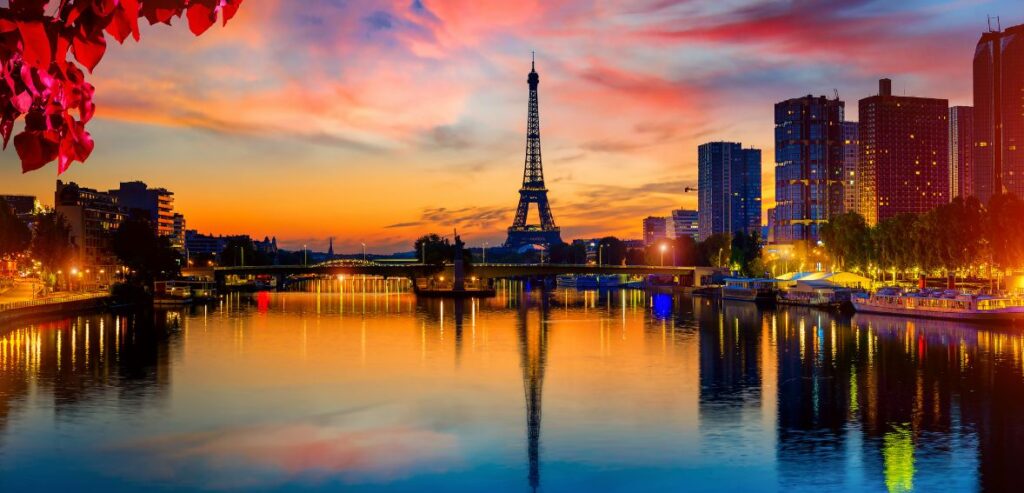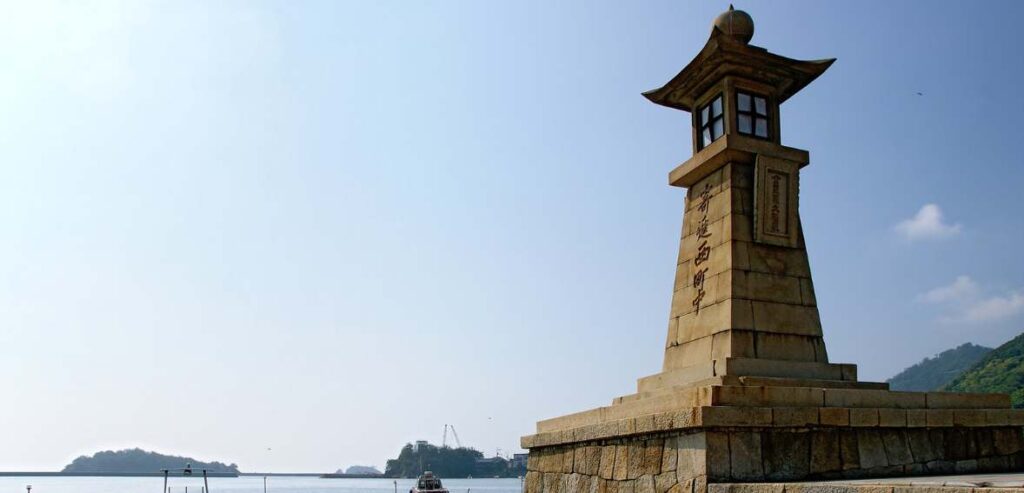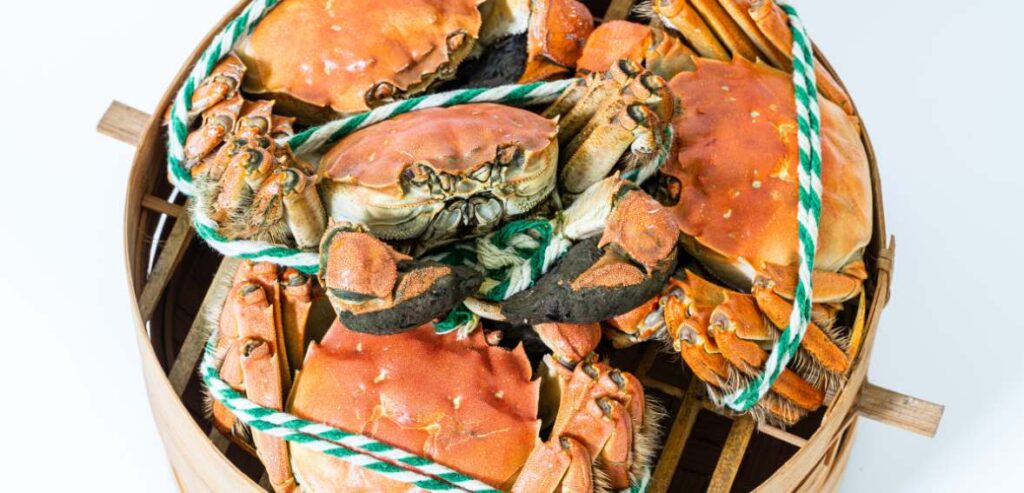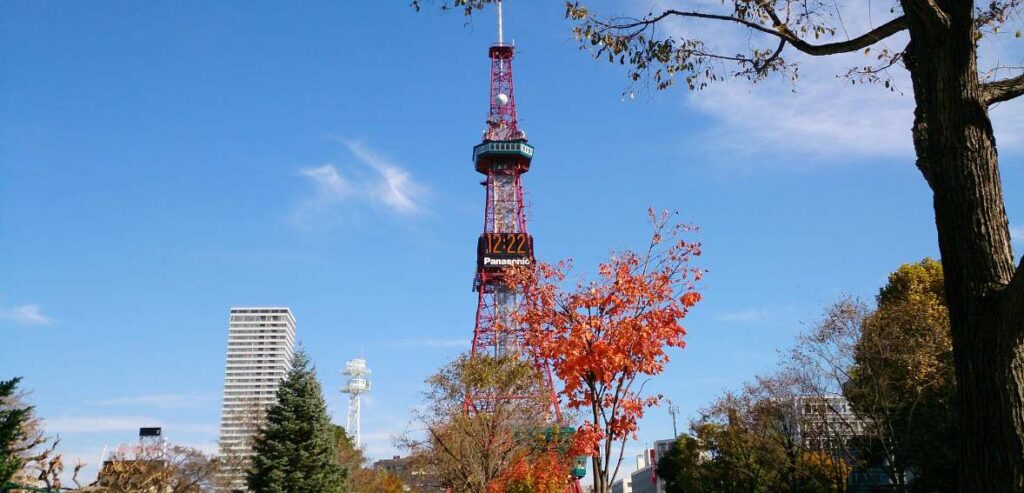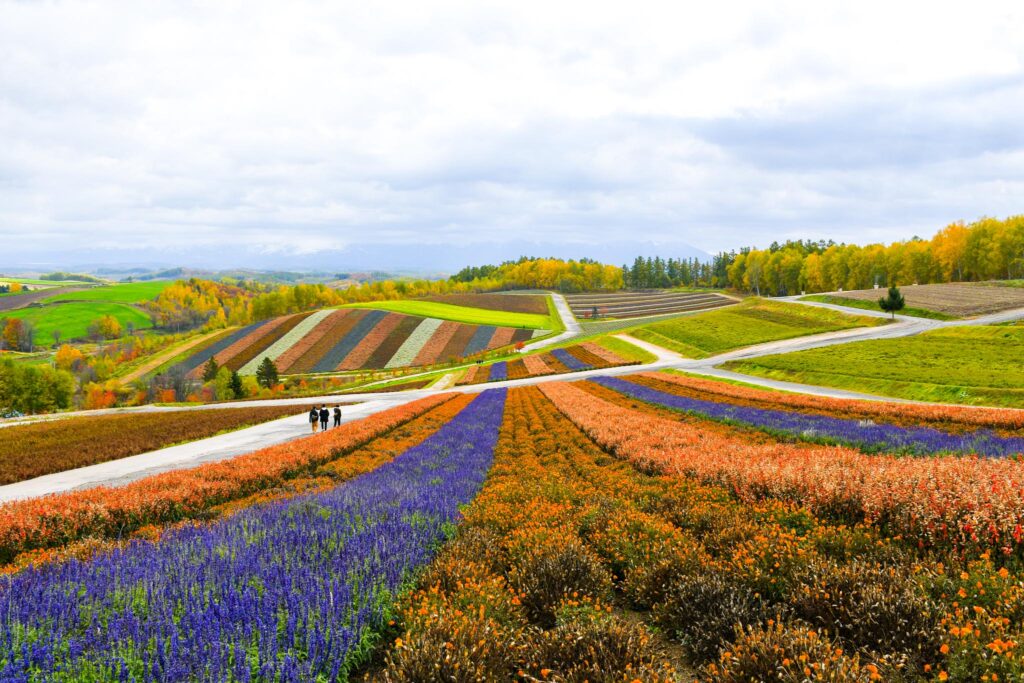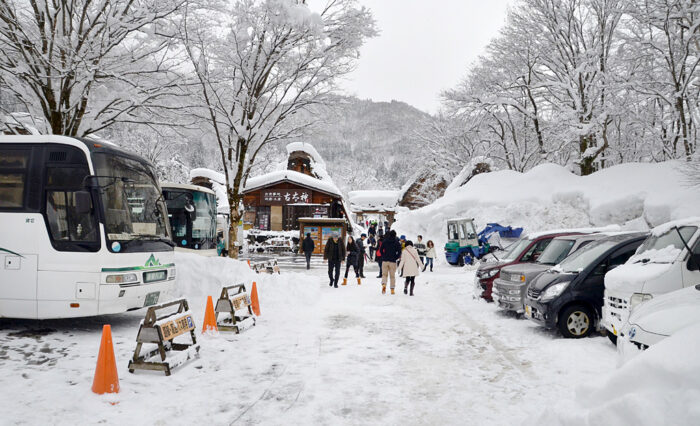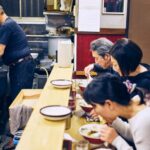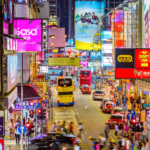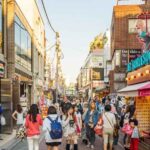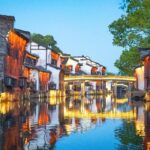Now Reading: Winter 2014 Central Japan & Tokyo by Trains & Buses, Day
-
01
Winter 2014 Central Japan & Tokyo by Trains & Buses, Day
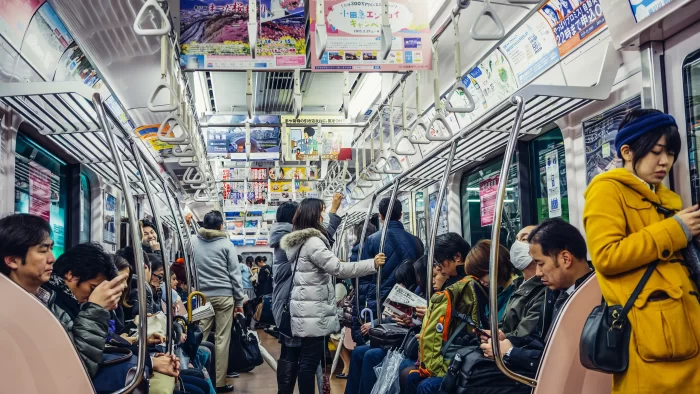
Winter 2014 Central Japan & Tokyo by Trains & Buses, Day
In the winter of 2014, I embarked on an epic journey through central Japan and Tokyo solely relying on the country’s renowned public transportation systems. As snow delicately fell and temperatures plunged below freezing, trains and buses remained my trusty conduits to majestic winter vistas juxtaposed with fascinating modern cityscapes.
From famed heritage sites like Kyoto’s Fushimi Inari Shrine to the electronic mecca of Akihabara in Tokyo, this accessible adventure perfectly captured Japan’s one-of-a-kind blend of tranquil ancient beauty and vibrant futuristic innovation, all while keeping warm indoors! Join me as I recap an unforgettable expedition across central Japan to the sprawling capital city during one of its most magical seasons.
Stopping at Historic & Scenic Spots Along the Way
My wintry trip commenced in Osaka where I marveled at historic Osaka Castle dressed in glittering white snow before catching a local train bound for Kyoto. This ancient city overflowing with temples and shrines was even more breathtaking dusted in delicate flakes. I strolled along quiet paths surrounded by vermilion-colored torii gateways in Fushimi Inari Shrine, the evening light casting an ethereal glow.
After warming my numb fingers over green matcha tea in a tiny cafe along the Kamogawa River lined with weeping willows, I departed Kyoto on an evening bullet train to Matsumoto in the Japan Alps. Emerging from Matsumoto Station before sunrise the next morning, the regal bright white facade of Matsumoto Castle set against the navy wintry sky took my breath away. Later that day when I journeyed deeper into the mountains, I was awestruck by snow-capped jagged peaks stretching as far as the eye could see while riding through the Norikura Highlands on a local bus.
Cityscapes Blanketed in White – Tokyo & Beyond
Catching the limited express Super Azusa service, I was whisked back through the countryside to Tokyo in just over 3 hours. Stepping off at Tokyo Station, I emerged from the basement into a chilly winter night with the glimmering red Tokyo Tower visible in the distance. I made my way to my cozy hotel in Asakusa, eager to explore this district oozing with traditional charm and history in the morning.
As fat snowflakes tumbled from the steel gray skies, I strolled past ancient temples like the 7th-century Sensoji Temple with little shops and restaurants beckoning from narrow alleys along the way. I stopped into small galleries tucked away on side streets and sampled freshly made wagashi, ornate Japanese confections sculpted to look like seasonal flowers and scenery.
No trip to Tokyo is complete without a pilgrimage to the famous Shibuya Crossing, and it certainly didn’t disappoint on a brisk Saturday just before New Year’s Eve. Joining the orchestrated chaos of pedestrians crisscrossing what is often cited as the world’s busiest intersection, I gazed up in awe at giant video screens on dizzyingly tall buildings all competing for attention. That evening, I reveled in the infectious energy of Shinjuku’s bustling izakaya pubs where I toasted to new adventures and unforgettable winter memories over piping hot sake with new friends.
Before this magical journey came to an end, I dedicated an entire day to wandering the fascinating subcultures of Tokyo by rail, from the anime wonderland of Akihabara to cat cafe-lined alleys in Asakusa. I’ll never forget watching the sun set over the city skyline from the Tokyo Skytree on my last evening, the sprawling metropolis sprinkled with the first gentle snowfall of the year as trains connecting neighborhoods zoomed below.
Key Takeaways from Central Japan & Tokyo by Train & Bus
Transport – Seamless rail and bus networks make traversing central Honshu and Tokyo surprisingly simple, especially with the Japan Rail Pass. From the shinkansen bullet train to local lines, rely on public transportation to maximize time and experiences.
Clothing – Dress in warm layers with waterproof shoes and bring a lightweight down coat. Temperatures hover around freezing with wind, snow or rain likely during winter. Masks are recommended too as the Japanese tend to mask up when ill.
Accommodation – For urban stays, central hotels near train stations provide convenience while ryokans, traditional inns, in countryside locations offer cultural immersion. Capsule hotels are budget-friendly options in cities.
Food – Indulge in winter season specialties like nabe hot pots, ramen, and decadent wagashi sweets. Convenience stores carry budget-friendly ready-to-eat meals, snacks, and hot drinks for on-the-go needs.
Packing – In addition to cold weather apparel, bring durable shoes for walking, portable chargers, credit/debit cards usable abroad, and copies of passport/travel documents. Travel light between destinations via train and bus with a carry-on size bag.
Conclusion
Japan dazzles year-round but I’m utterly smitten by its understated wintry beauty. Crisp skies juxtapose exquisitely with rich culture and heritage, from sacred ancient sites to the excitement of Tokyo’s city streets. Seamless public transit enables adventure-packed days that end under cozy kotatsu tables in traditional inns. I can’t wait to return to central Japan and Tokyo soon to explore more wondrous travel destinations across its islands – by bullet train and local bus, of course! I hope you enjoyed this Winter 2014 Central Japan & Tokyo by Trains & Buses, Day post.


